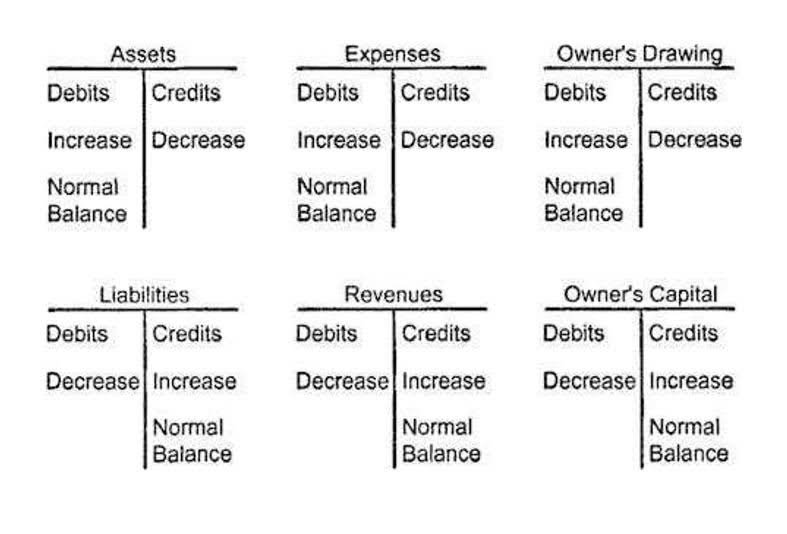
The effects of automation in accounting are far-reaching, evolving existing roles and presenting new opportunities and challenges. With the development of new technologies, several tasks are either already automated or on the cusp of being so. Automated accounting doesn’t merely crunch numbers; it paints a holistic picture of the business’s financial health by incorporating data from various dimensions. Sales figures, customer information, product data, and operational costs converge within the accounting system. This convergence provides decision-makers with comprehensive insights that transcend siloed views, enabling them to make informed strategic choices that consider the entirety of the business’s operations.
Improved collaboration and accessibility
- With some routine tasks handled by software, accountants can pivot towards more strategic roles, such as data analysis, trend predictions and financial forecasting.
- Some of those are helpful, some of those aren’t, especially in an age when people just learn from headlines,” says Jason Staats, accounting automation expert and owner of accounting community, Realize.
- Cash visibility is another important factor that businesses need to consider when making strategic investment decisions.
- Broadly, there are seven steps to implementing, evaluating, and improving an automation process.
- Instead, automation tools and generative AI will make you more efficient, save you time, and help you add more value to your clients and your relationships with them.
- Ultimately, the future of accounting automation is in leveraging emerging technologies for digital innovation, agility, and value creation.
Prioritize these tasks based on their impact on your business and the feasibility of automation. Some of the main use cases for automated accounting are accounts payable, accounts receivable, month-end close processes, expense management, internal audit, cash flow forecasting, payroll, and procurement. Let’s examine each one to help you identify the best starting points in your organization. Automation allows redirecting the hours previously spent on data entry, reconciliations, and report generation to more strategic endeavors that drive growth. It enhances productivity and fosters a more fulfilling work environment by allowing employees to engage in higher-value activities. Accounting automation software helps automate mundane clerical tasks, thus helping you save on costs.
Exploring key automation technologies in accounting
- Cash flow forecasts have typically been manually produced in an Excel spreadsheet by firms or an accounting department.
- In fact, 21% of business owners actually spend upwards of six hours every week on money management tasks.
- It should help you understand efficiency, revenue and productivity metrics at both the employee-level and client-level.
- Systems, like Tipalti, offer a secure cloud platform for accounts payable (AP) that are purpose-built for finance professionals and are accessible around the clock.
- This significantly reduces manual intervention, eliminates errors, and accelerates the entire process.
- Today, accounting automation uses technology to, in many instances, completely remove the manual parts of an accountant’s work.
In fact, 21% of business owners actually spend upwards of six hours every week on money management tasks. After years of leading digital transformation initiatives within finance, Jerica began writing on finance and business. The CIMA Future tech and business insights short course is a good place to start.
time-saving accounting automation ideas
- Accounting software serves to streamline all the minor tasks necessary for accounting, but an accountant’s perspective can still be valuable to your business.
- That’ll give you some added peace of mind when you step away and let that automated process run on its own.
- When specific accounting tasks are automated, business owners can immediately get a full picture of their cash flow.
- With QuickBooks Online Advanced, the need for manual data entry is eliminated and saves time that can be better spent building your business.
- Caught in a constant cycle of “catching up” those involved in the month-end close process don’t just want automated accounting software, they need it.
- Lay the proper IT architecture and cultural foundation within your organization to enable all employees to transition to automated accounting practices and workflows.
- With this merged data, businesses gain a 360-degree view of their customers, enabling targeted marketing efforts, personalized services, and the ability to tailor financial strategies to customer behavior.
This generally handles common and repetitive tasks such as importing invoice data, matching invoices against purchase orders, and account reconciliation. Accounts payable automation is the practice of using modern technology to handle aspects of the accounts payable process that would otherwise be manual. Although robots can perform many tasks more efficiently accounting automation than humans, there are still some tasks that require the human touch. For instance, customer service interactions or decision-making needs empathy and understanding of nuanced contexts, which robots might not be equipped to handle. Similarly, introducing robotic accounting into your business operations will also have its own set of challenges.

What is accounts payable automation?

Throughout its evolution, accounting automation has been met with a mix of anticipation and apprehension. When the term first emerged, fears loomed over the potential displacement of human accountants. The prevailing concern was that automation would render the expertise https://www.bookstime.com/ of seasoned professionals obsolete, leading to job losses within the accounting industry. Karbon is an accounting practice management tool that is designed to automate common, time-consuming tasks to allow your team to provide higher quality service to clients.
The impact of robotic accounting on the accounting profession
Accounting uses robotics to automate routine tasks such as data entry, transaction processing, and invoice management. By leveraging tools like Nanonets, businesses can automate complex workflows and significantly reduce manual intervention, increasing accuracy and efficiency. The integration of automation in accounting brings about a seismic shift in the speed and efficiency of financial operations, particularly in the context of Accounts Payable (AP) and Accounts Receivable (AR).

